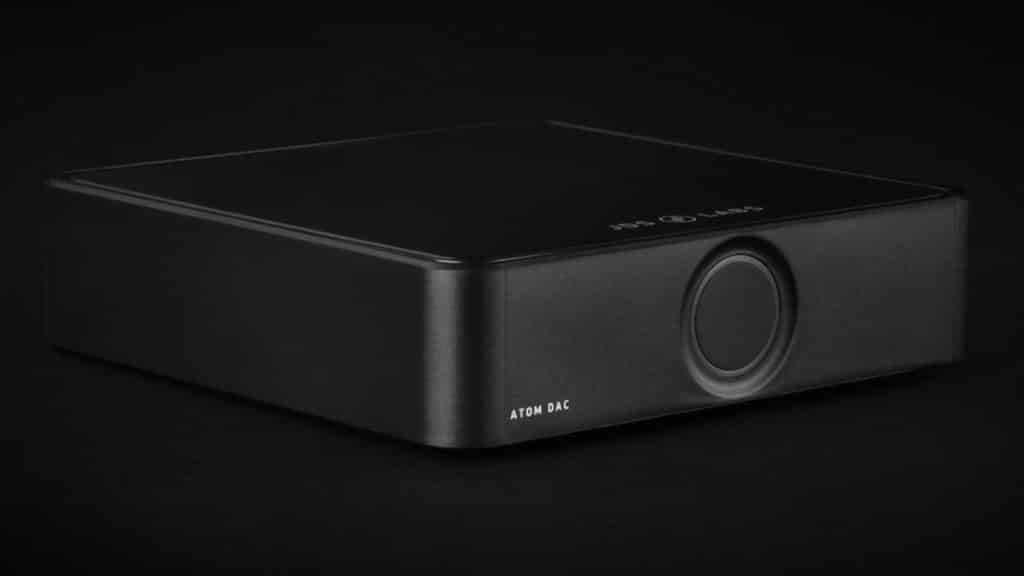Audio
What’s a DAC and why would you want one?
Looking to take your audio to the next level? It might be time to look at a DAC.

Just a heads up, if you buy something through our links, we may get a small share of the sale. It’s one of the ways we keep the lights on here. Click here for more.
If you’ve decided to upgrade your audio equipment over the inbuilt sound on your computer, you’ve probably heard the acronym DAC by now. You might have also been told that you need a specific one, probably an expensive one.
Here’s the thing – you possibly don’t need one, but let’s explain further and also outline when you might want to buy a dedicated DAC.
DAC stands for Digital Audio Converter. Its entire purpose of being is to turn the digital signals from your computer or streaming service into analog signals that your headphones or speakers can turn back into sound. If your source device is digital, like a laptop or console or computer or phone, it already has a DAC chip inside, otherwise, your 3.5mm headphone jack wouldn’t give you any sound, and neither would any inbuilt speakers
So, do I need a DAC?

The short answer here is, probably not. After all, whatever digital device you’re getting your audio source from already has one inside it. The exception is if your source device is introducing unwanted noises, distortion, or glitchy artifacts, or if it can’t operate at the bitrate of the files you’re listening to.
You might also have decided that your existing DAC is the limiting factor in your audio setup, in which case, it’s always upgrade time. I mean, the heart (and the ears) want what it wants, right? The good thing is that DACs are very spec-driven, so you can easily compare multiple options. They’re all using similar chips as well, making your purchase decision slightly easier if it comes down to price.
We like FiiO for low-cost DACs, or Schiit’s Modi 3+ ($100) or JDS Labs Atom DAC ($100). You’ll need a headphone amplifier to pair with it though, something like Schiit’s Magni ($100) or JDS Labs Atom ($100) would pair nicely.
The main thing to know is that you don’t really have to go over the price of this short list to get a decent DAC. Anything more expensive is generally overkill, as audio hardware has gotten very good in recent years.
Things to keep in mind when shopping

Before you start shopping, you should take a minute to figure out how you’re going to be using your new DAC. Do you use streaming services for most of your listening? If so, you should check the maximum supported audio quality on the services you subscribe to. For example, Amazon Music HD goes up to 24bit/192kHz, while Spotify Premium tops out at 320kbps. That number will help you choose a DAC that’s suited to your needs, and save you some money as you won’t be buying specs you don’t need.
The same thing is true if you already have a digital music library. Are they mostly mp3? FLAC? WMA? The maximum quality of your existing files is a good guideline for choosing your DAC.
Bit-depth and dynamic range: The larger the bit-depth, the more dynamic range your music can have. 24-bit audio is supposed to be the bit-depth where there should be no issues for human hearing, like softly-played orchestral parts that seem like silence due to insufficient dynamic range. Really, for desktop use with headphones, 16-bit is probably sufficient, but most DACs go to 24-bit or even 32-bit nowadays.
Bitrates: For most people, this is the most important spec to look at when deciding if a DAC will be enough for your needs. Ever heard a really bad-sounding digital mp3? Chances are its bitrate was low, or it had over-aggressive data compression. Most people can’t tell the difference between a 320kbps file and a lossless FLAC. If you can, get an expensive DAC that can support the limits of your hearing. If not? You’re fine picking something cheaper.
Inputs: Most DACs come with at least USB input and some sort of optical, either TOSLINK or SPDIF (or sometimes both). More expensive versions will add things like Bluetooth, WiFi, Ethernet, or the ability to play digital files straight from a USB drive. You don’t need those things really, but more connectivity is handy. Most will have their power supplied from the USB input, or they might have a supplementary power connector if you’re using non-powered inputs like optical.
Outputs: Since a DAC outputs analog signals, they’ll all come with RCA output as a minimum. As you go up the price range, you’ll get the options for XLR balanced outputs, or the ability to output to multiple devices. Again, you don’t really need these unless your use case calls for them.
Now you know what a DAC is, why you might need one, and enough to judge if one is enough for your needs. Happy listening!
Have any thoughts on this? Let us know down below in the comments or carry the discussion over to our Twitter or Facebook.
Editors’ Recommendations:
- Review: The Schiit Modi and Magni DAC/AMP combo
- Review: ADI-2 DAC FS from RME – reference sounds for reference ears
- Review: Sound BlasterX G6 External DAC/Amp for Gaming – Power for your ears
- Review: Schiit Hel Gaming DAC/Amp – forget about the mixamp, cause it’s time to raise Hel
Just a heads up, if you buy something through our links, we may get a small share of the sale. It’s one of the ways we keep the lights on here. Click here for more.




























